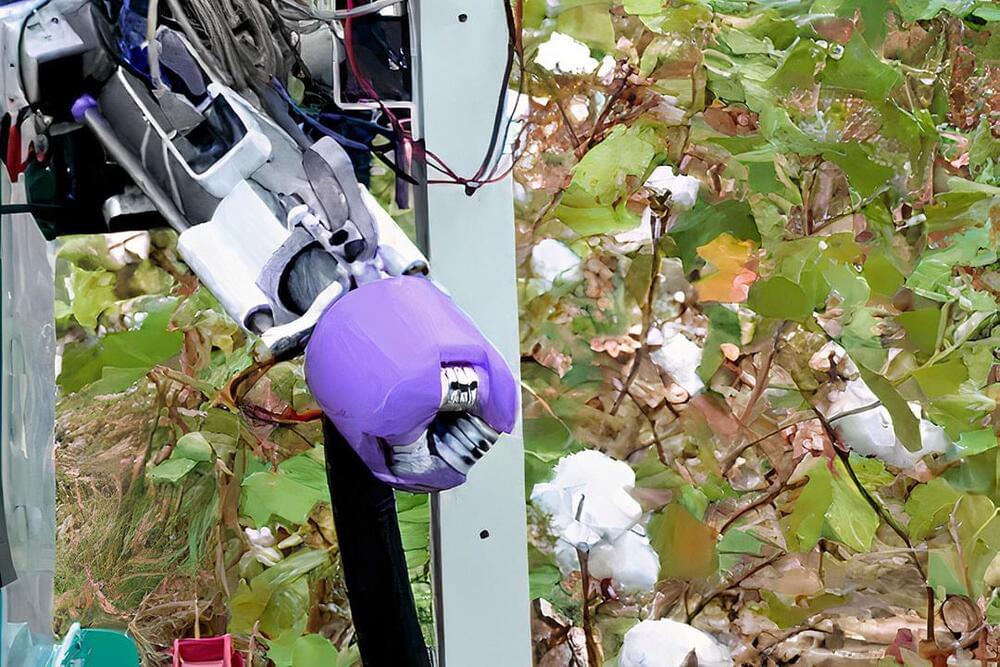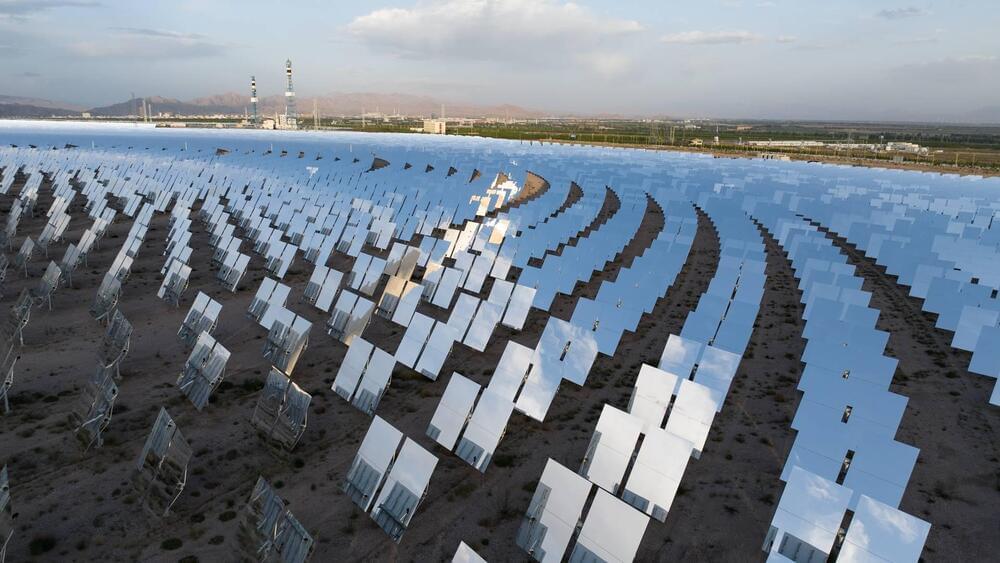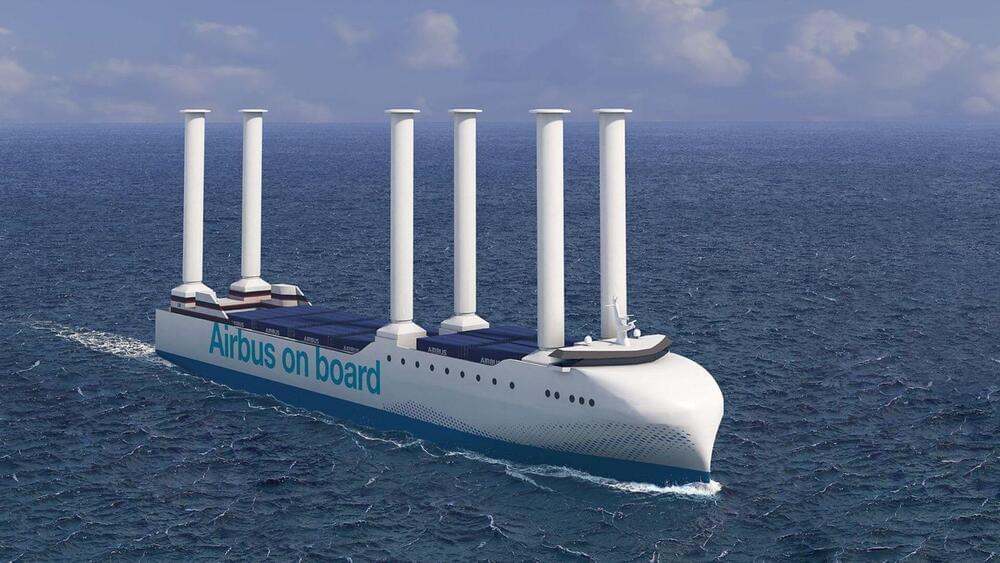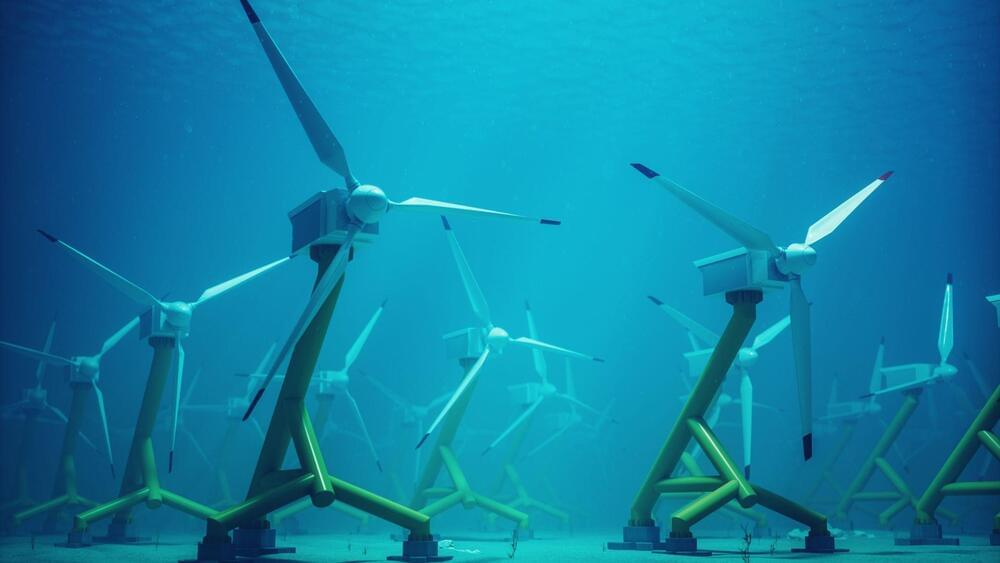Indian start-up Green Robot Machinery (GRoboMac) has developed a cotton picker with autonomous robotic arms, mounted on a semi-autonomous electric farm vehicle.
The robotic arms of the battery-operated machine are each capable of picking about 50 kgs cotton per day. That means that four arms, mounted on the vehicle, can pick about 200 kgs per day. High yielding farms can use additional arms, the company says.









